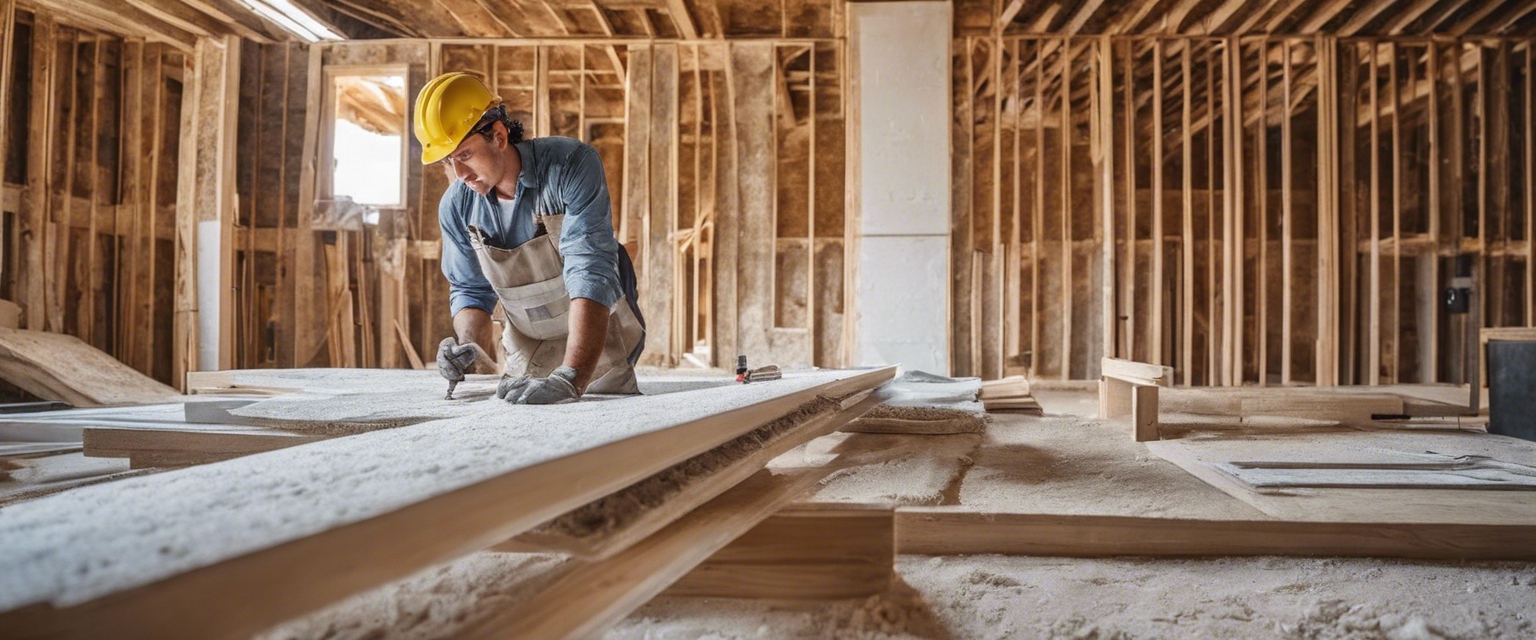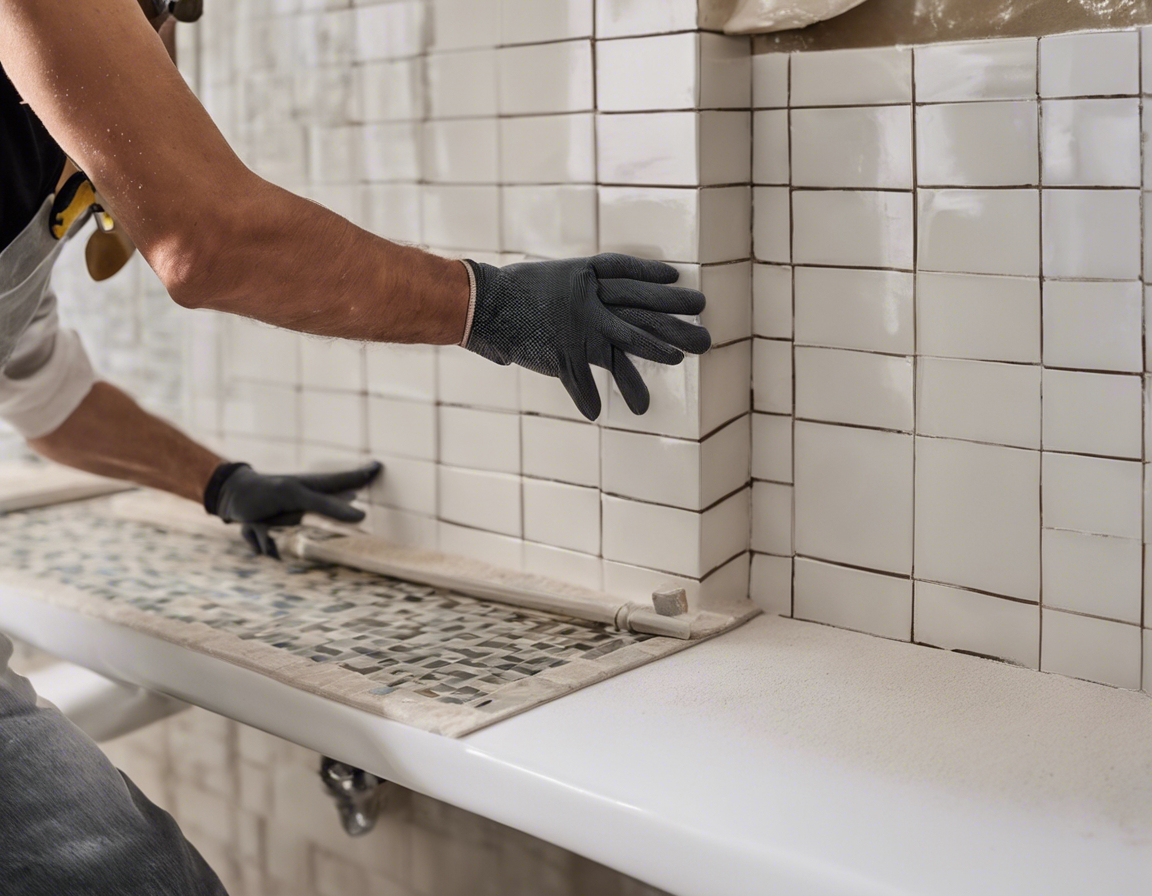The future of sustainable living spaces in estonia
Sustainable living refers to a lifestyle that attempts to reduce an individual's or society's use of the Earth's natural resources, and one's personal resources. It's about living in a way that is conducive to the longevity of the Earth and its ecosystems.
Construction plays a pivotal role in the transition to sustainable living. Buildings are responsible for a significant portion of energy consumption and carbon emissions worldwide. Sustainable construction not only reduces environmental impact but also enhances the quality of life for occupants and supports economic growth.
The Current State of Sustainable Living in Estonia
Estonia has been actively promoting sustainable development through various initiatives and policies. These include subsidies for energy-efficient renovations, investments in renewable energy, and the implementation of green public procurement.
There is a growing awareness among Estonians about the benefits of sustainable living. This is reflected in the increasing demand for eco-friendly materials, energy-efficient appliances, and homes that incorporate sustainable design principles.
Key Features of Sustainable Living Spaces
Energy efficiency is at the heart of sustainable living spaces. This includes the use of insulation, energy-efficient windows, and appliances, as well as the integration of renewable energy sources like solar panels and wind turbines.
The use of sustainable building materials such as recycled steel, low-VOC paints, and bamboo flooring is essential. Additionally, the adoption of green technologies like smart thermostats and LED lighting contributes to a building's sustainability.
Water-saving fixtures, rainwater harvesting systems, and efficient irrigation are crucial for conserving water in sustainable living spaces.
Effective waste management strategies, including composting, recycling, and the use of materials with recycled content, are integral to reducing the environmental footprint of a home or building.
Challenges and Opportunities in Estonia
Estonia, like many countries, faces the challenge of adapting its infrastructure and living spaces to a changing climate. This includes addressing issues such as rising sea levels and increased precipitation.
The integration of smart home technologies and innovative design can greatly enhance the sustainability of living spaces. Estonia has the opportunity to be at the forefront of this movement, leveraging its strong digital economy.
For sustainable living spaces to become a reality, there must be collaboration between government, industry, and citizens. This includes sharing knowledge, resources, and best practices to drive the sustainable living movement forward.
Case Studies: Examples of Sustainable Living Spaces
Several residential projects in Estonia exemplify sustainable living, featuring passive house standards, solar power, and green roofs.
Commercial and mixed-use developments are also embracing sustainability, with features like energy-efficient HVAC systems and electric vehicle charging stations.






Comments (0)